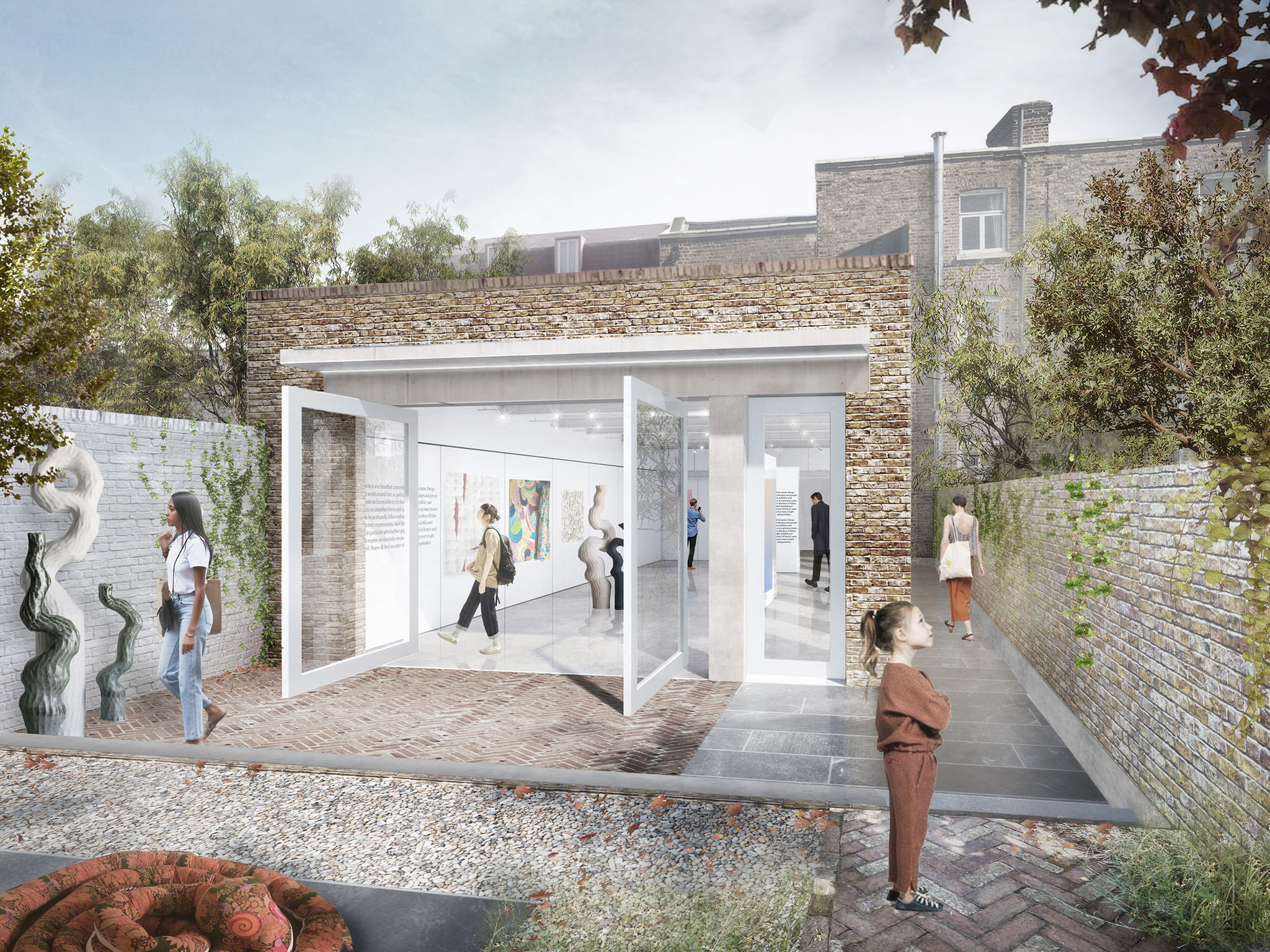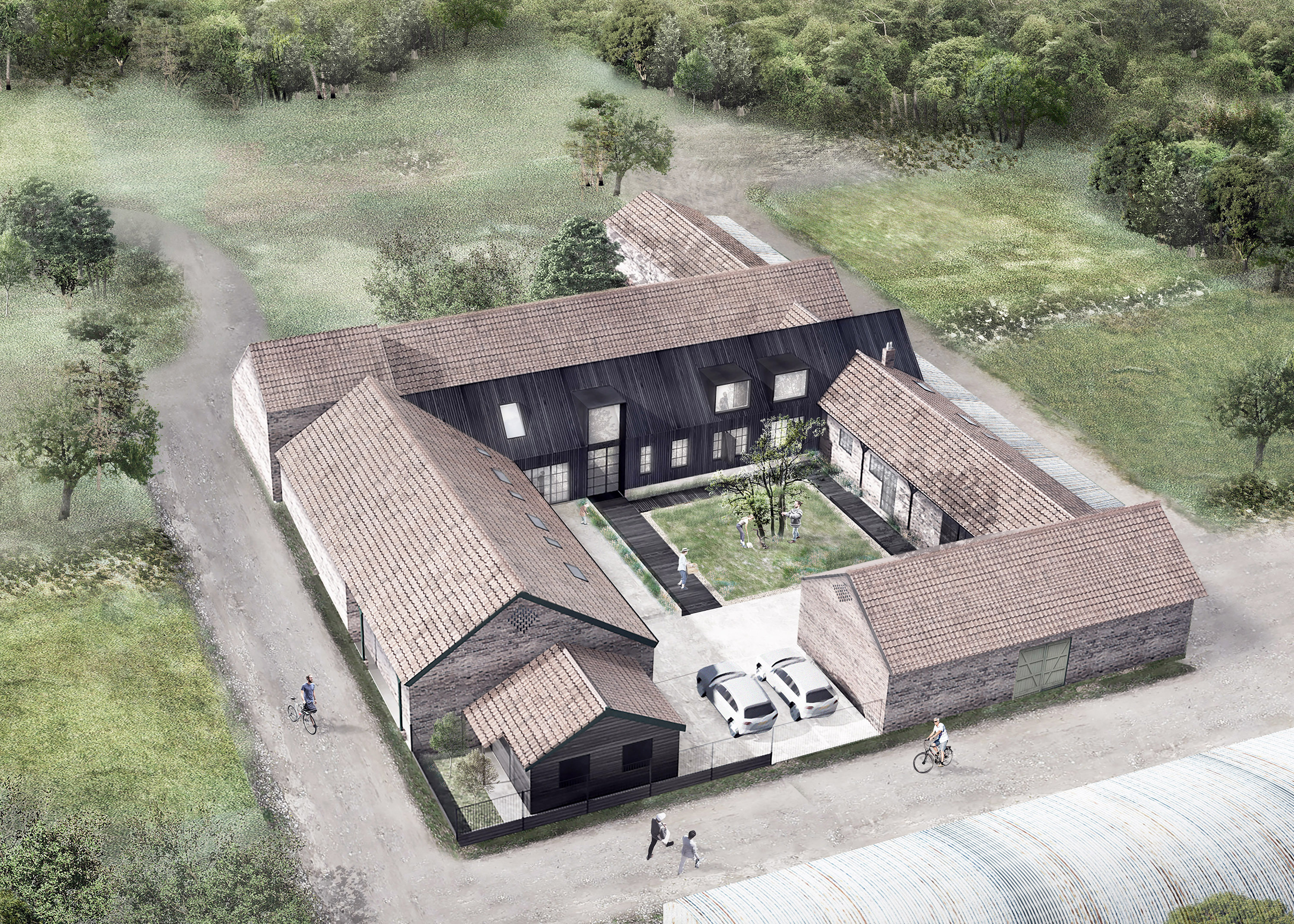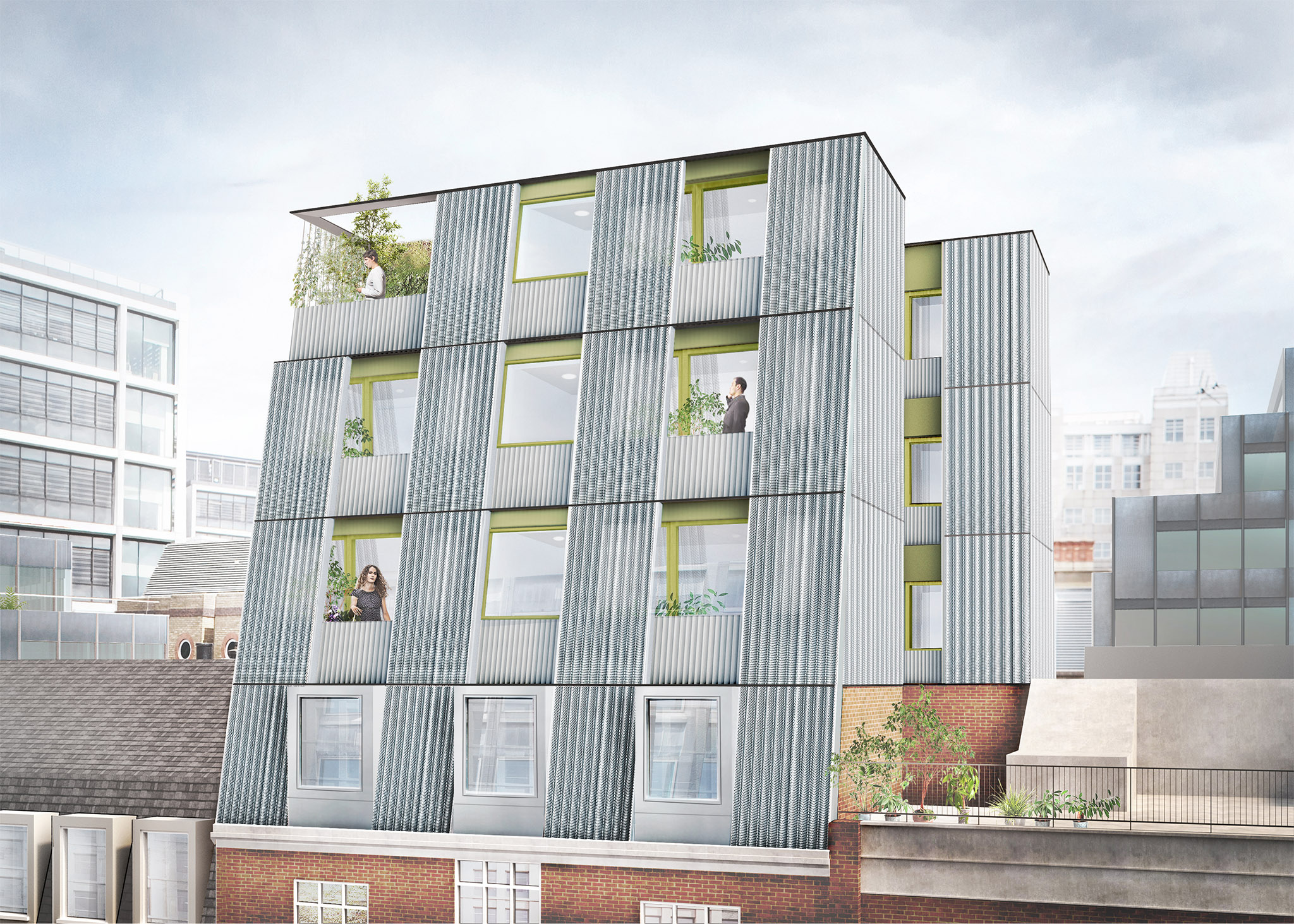How to make your next project more sustainable according to an architect
We all want to make more eco-conscious decisions when it comes to our home projects, so we spoke with the experts on how to be more sustainable in our choices


We are all making efforts to live more eco-conscious lives, from buying a reusable cup to switching to an electric car, but have you ever considered how your home reno projects are affecting the environment? Sustainable architecture is a hot topic right now, and it's one we are so keen to learn more about and educate on how we can be making better choices, so we spoke with the experts at Common Ground Workshop, a London-based architecture firm where sustainability is high on the agenda.
Director, Jack Pannell, gave us his top tips for ensuring a new project has as little impact on the planet as possible, from approaching the right people for the job to easy, more sustainable, switches you can make.
What is the biggest area of sustainability that the architecture industry is focussing on?
'There is a huge drive towards achieving net Zero in the construction industry and it’s great to see so many talented architects and design professionals engage with new initiatives led by the RIBA and other key forums and interest groups.' explains Jack.
'For us, retrofitting buildings and building reuse pose some very exciting opportunities for future sustainability, and we are increasingly taking on projects that require both sustainable material specification and energy efficiency, as well as innovation in the life-cycle design of spaces in terms of future adaptability and agility.'
'Our architectural practice, for example, is situated within a café and co-working space that we own: we have built the space to be fully agile and to accommodate a range of potential uses and community events, as well as building an arts project space in the basement. For us, sustainability isn’t just about specification and efficiency but also involves changing minds and attitudes to the way spaces are used, occupied, and shared.'
What do you find are a client’s biggest concerns about sustainable architecture?
'Budget tends to always be a major constraint, especially on smaller domestic schemes. We are seeing however that clients are becoming increasingly aware of the long-term benefits of thinking about sustainability at the start of a project, and the impact that early investment will have not only for the environment but also for their own personal finances in the future, with reduced energy bills and a potentially greater property value.'
'Inevitably the costs of new technologies are coming down, and we are usually able to include at least some sustainable ideas into our projects whilst allowing for flexibility in the design for future retrofit when the budgets are available.'

What manufacturing processes should we look out for in order to make a project more sustainable?
'Some great innovations are coming to the fore from all corners of the design, manufacturing, and construction industries and we would encourage clients to engage with these developments by attending design fairs and shows, reading relevant journals, and basically just researching topics of interest and showing support. We are currently very excited about the proliferation of pre-fabricated and off-site construction, especially the use of cross-laminated timber (CLT) framing, and have some challenging projects coming up that will harness these technologies in highly challenging locations.'
What can we be mindful of when engaging an architect for a sustainable project?
'We would always encourage clients to think about sustainability from the outset and to see if taking a sustainable approach to materials specification, energy, waste, and space flexibility fits with their lifestyle aspirations and budgets. There is no set agenda when discussing sustainable aspirations and we very much like to keep an open mind and to ensure that clients are fully informed so that they are empowered to make the right choices as early on in a project as possible.'

How should you approach an architect to work on a sustainable project?
'The key to most successful projects in our experience is having a good client, and we would welcome anyone who is considering a new sustainable project and is enthusiastic about sustainable design to contact us and to commence the conversation as soon as possible. It’s great to have informed clients but this isn’t a must: there are many aspects of sustainable design and renovation of existing buildings that clients may not have considered, and an initial consultation and brainstorming can be invaluable to tease out the full potential of a project.'
What are the top 5 sustainable issues you would recommend we adhere to when starting a new project?
'The top 5 things that I personally feel can always be greatly improved upon in buildings are:
1. Use of water
2. Efficiency of windows and doors
3. Heating and cooling (active and passive)
4. Reusing materials/using sustainably sourced materials
5. Lifecycle sustainability and social sustainability (for buildings of all types and scales)
Be The First To Know
The Livingetc newsletters are your inside source for what’s shaping interiors now - and what’s next. Discover trend forecasts, smart style ideas, and curated shopping inspiration that brings design to life. Subscribe today and stay ahead of the curve.

Rory Alastair Robertson graduated with a BA (Hons) Interior Architecture in 2009 from The Edinburgh College of Art. During his studies, he attended The Rhode Island School of Design in America, where he specialized in Theatre Set Design and Lighting Design.
For over a decade, Rory has contributed as both a stylist and an editor, working with a span of editorial titles, including World of Interiors, Financial Times, Elle Decoration, Living Etc, Homes & Gardens, House & Garden, and Wallpaper*. His portfolio is rich with editorial, commercial, brand, and residential interiors work.
Recognized by The Conran Shop in 2023 as an industry tastemaker, he has become known for his taste and eye for detail. He is informed and inspired by a love of historical homes, craftsmanship, and quality.
-
 Turns Out the Coolest New Café is Actually In Your Kitchen — Here's How to Steal the Style of TikTok's Latest Trend
Turns Out the Coolest New Café is Actually In Your Kitchen — Here's How to Steal the Style of TikTok's Latest TrendGoodbye, over-priced lattes. Hello, home-brewed coffee with friends. TikTok's 'Home Cafe' trend brings stylish cafe culture into the comfort of your own home
By Devin Toolen Published
-
 5 Bathroom Layouts That Look Dated in 2025 — Plus the Alternatives Designers Use Instead for a More Contemporary Space
5 Bathroom Layouts That Look Dated in 2025 — Plus the Alternatives Designers Use Instead for a More Contemporary SpaceFor a bathroom that feels in line with the times, avoid these layouts and be more intentional with the placement and positioning of your features and fixtures
By Lilith Hudson Published